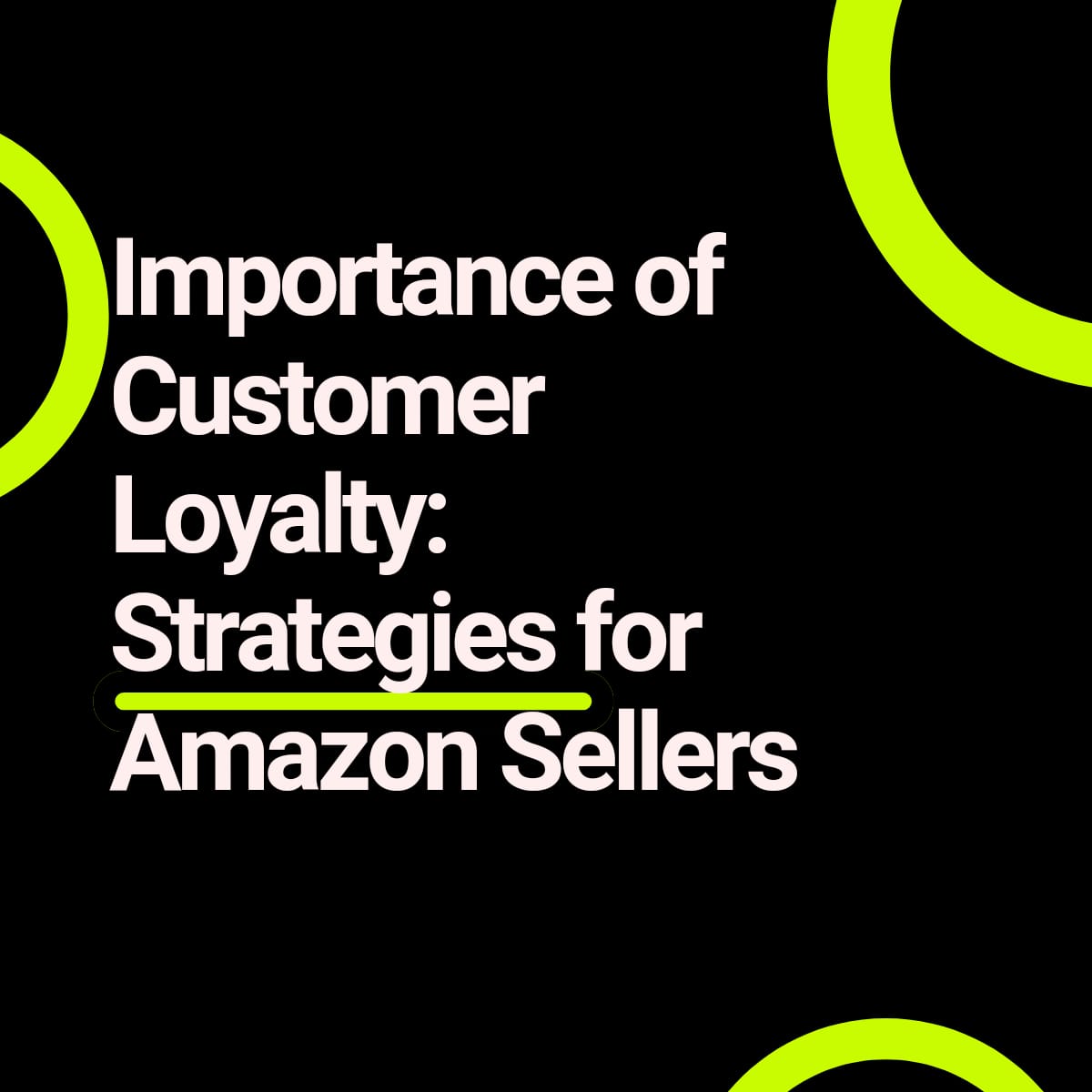In the fiercely competitive landscape of e-commerce, particularly on platforms like Amazon, fostering customer loyalty is not just advantageous – it’s imperative for long-term success and sustainability. Explore Strategies for Long-Term Success in this comprehensive guide.
I. Understanding Customer Loyalty
A. Defining Customer Loyalty
Customer loyalty goes beyond mere satisfaction – it’s about cultivating a deep and lasting connection between buyers and sellers. Here’s a succinct definition:
Customer Loyalty: The willingness of customers to repeatedly engage with a brand, make repeat purchases, and advocate for it among their network.
B. The Value of Customer Loyalty on Amazon
Key Benefits
- Repeat Business: Loyal customers are more likely to make repeat purchases, contributing to consistent revenue streams.
- Positive Reviews: Satisfied customers are inclined to leave positive reviews, enhancing the seller’s reputation and credibility.
- Reduced Marketing Costs: Acquiring new customers is often more costly than retaining existing ones, making customer loyalty a cost-effective strategy.
- Brand Advocacy: Loyal customers become brand advocates, spreading positive word-of-mouth and attracting new customers organically.
II. Strategies for Cultivating Customer Loyalty on Amazon
A. Providing Exceptional Customer Service
Pillars of Exceptional Customer Service
| Strategy | Description |
|---|---|
| Prompt Responses | Respond promptly to customer inquiries and concerns to demonstrate attentiveness and care. |
| Personalization | Tailor interactions and communications to each customer, making them feel valued and appreciated. |
| Problem Resolution | Proactively address and resolve issues to turn potentially negative experiences into positive ones. |
B. Offering High-Quality Products and Experiences
Elements of High-Quality Products/Experiences
- Product Quality: Ensure products meet or exceed customer expectations in terms of quality, functionality, and durability.
- User Experience: Optimize product listings, images, and descriptions for clarity and ease of understanding.
- Packaging and Presentation: Invest in attractive and secure packaging to enhance the unboxing experience and leave a lasting impression.
C. Building Brand Trust and Credibility
Trust-Building Strategies
- Transparency: Be transparent about product information, pricing, and policies to foster trust.
- Social Proof: Showcase positive reviews, ratings, and testimonials to reassure potential customers of the quality and reliability of your products.
- Consistency: Maintain consistency in product quality, customer service, and brand messaging to reinforce trust over time.
D. Implementing Loyalty Programs and Incentives
Effective Loyalty Program Components
| Component | Description |
|---|---|
| Rewards Points | Offer rewards points for every purchase, which customers can redeem for discounts or freebies. |
| Exclusive Offers | Provide exclusive deals and discounts to loyal customers as a token of appreciation for their continued support. |
| VIP Treatment | Extend special privileges, such as early access to new products or dedicated customer support, to loyal customers. |
E. Engaging with Customers Beyond Transactions
Engagement Strategies
- Educational Content: Share informative content related to your products or industry to engage and educate customers.
- Community Building: Foster a sense of community among customers through forums, social media groups, or branded events.
- Feedback Solicitation: Actively seek feedback from customers to show that their opinions are valued and to identify areas for improvement.
III. Measuring and Monitoring Customer Loyalty
A. Key Performance Indicators (KPIs) for Customer Loyalty
KPIs
- Customer Retention Rate: Measure the percentage of customers who make repeat purchases over a specific period.
- Net Promoter Score (NPS): Assess customer satisfaction and loyalty by asking customers how likely they are to recommend your brand to others.
- Purchase Frequency: Track how often customers make purchases from your brand to gauge loyalty and engagement.
- Customer Lifetime Value (CLV): Calculate the projected revenue a customer will generate throughout their relationship with your brand to assess long-term loyalty.
B. Utilizing Feedback and Insights
Actionable Insights
- Feedback Analysis: Analyze customer feedback, reviews, and surveys to identify trends and areas for improvement.
- Competitor Benchmarking: Compare your performance against competitors to understand your strengths and weaknesses in terms of customer loyalty.
IV. Conclusion
In conclusion, customer loyalty is a cornerstone of success for Amazon sellers, offering a multitude of benefits that contribute to sustainable growth and profitability. By prioritizing exceptional customer service, offering high-quality products and experiences, building trust and credibility, implementing loyalty programs, and engaging with customers beyond transactions, sellers can cultivate a loyal customer base that not only drives revenue but also serves as advocates for their brand. Embrace these strategies, monitor key metrics, and continually refine your approach to customer loyalty to thrive in the competitive landscape of e-commerce on Amazon.

